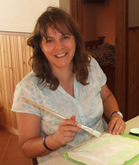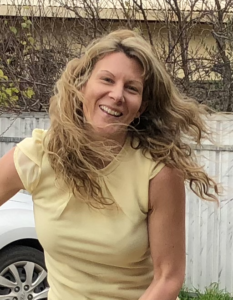Funded through the Department for Correctional Services we have conducted a pilot trial to reduce recidivism among Aboriginal offenders on their release from prison. The program has not been without its challenges but we are now confident that we have developed a program that has relevance and merit with Aboriginal offenders.
The program was a modified version of the traditional behavioural activation approach for treatment of depression. It was intended for Aboriginal offenders who had served sentences in excess of 12 months, and were relatively stable in their circumstances since leaving prison. Finding people who met this criteria specifically proved to be very difficult, and instead the research team had to consider a broader group. This meant engaging with prisoners ahead of their release, maintaining contact during their transition back to community and subsequently applying the program. To date 43 people have participated in the program, with 18 still engaged in treatment.
The Research team (left to right); Sue Bertossa, Pippa Edge, Kathleen Wanganeen, Ben Riley and Selina Golla




The basic philosophy underlying behavioural activation is to help people to engage in activities that provide positive reinforcement and to overcome passive avoidance of situations that they find anxiety provoking. Our thinking was that this has been proven to be useful in the treatment of depression, but could be equally useful helping people who are trying to adjust to life after prison.
Key learning has been:
- the program promoted access to a Health Coach rather than a therapist or counsellor. The concept of health coaching seemed to have good traction with the community we were planning to work with, including Aboriginal male offenders, who can be a notoriously difficult group to recruit. At this stage 56% of participants have been male.
- the program could also be helpful with improving mood while offenders were still in prison, and provided an opportunity to build a connection prior to release.
- advocating for activation across three aspects: social, intellectual and physical ‘made sense’ to Aboriginal offenders, with participants being prepared to acknowledge gaps in the types of activity they usually engage in.
- Aboriginal offenders experienced significant barriers to partaking in activities, and although people were committed to the program they often required additional assistance to help overcome obstacles. This extended the amount of time required for an individual to complete the program.
- Aboriginal Project Officers played a major role in recruiting participants into the program and supporting them to stay with the program.
Participants completing the program were able to apply for a voucher worth up to $200 to help buy the resources they needed to kick start a personal hobby. Their applications were presented to an all-Aboriginal Advisory Committee for approval. The applications were heartfelt and quite moving. Each participant was then presented with their approval letter, including the feedback from members of the Committee. There have been some real success stories.

